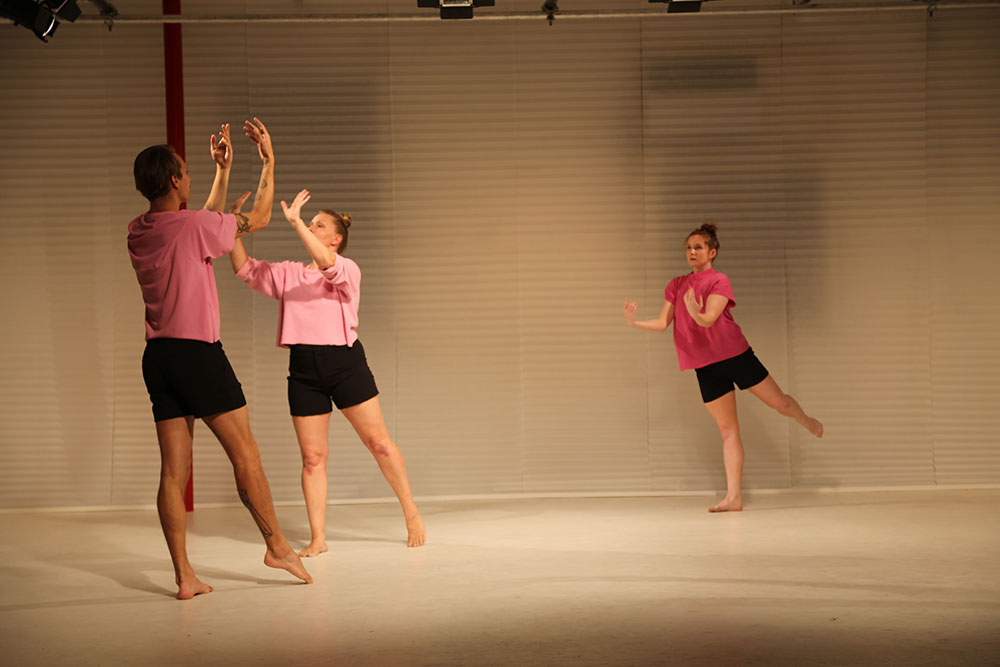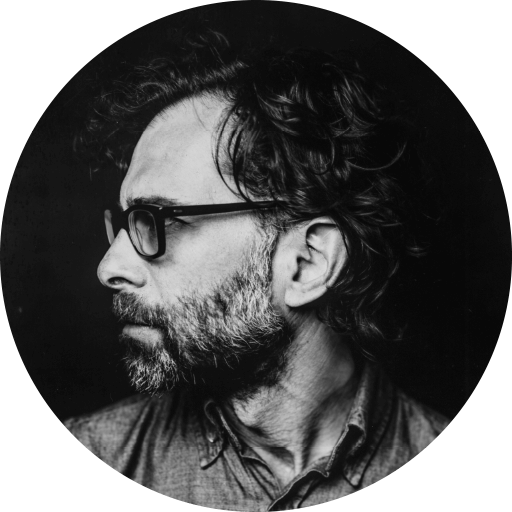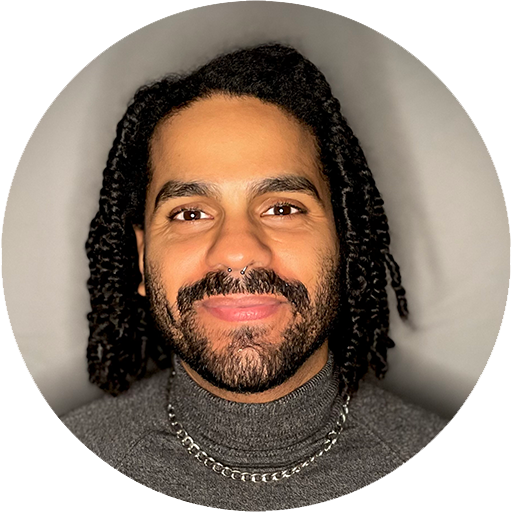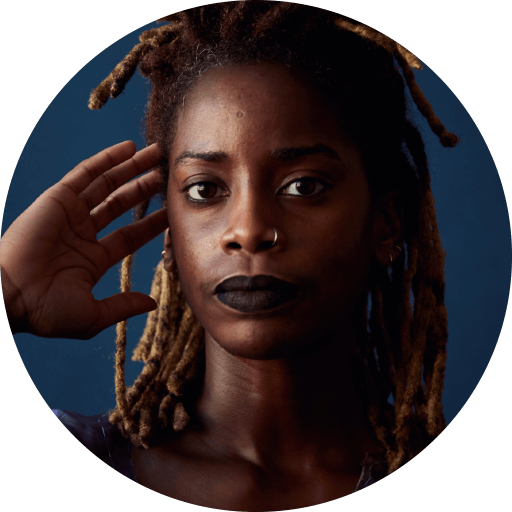Review: ‘Period’ Favors Dance Subtlety Over Substance
Brian Seibert, New York Times
Brian Seibert, New York Times
The Chocolate Factory Theater, in Long Island City, Queens, seldom schedules shows into the summer, for at least one good reason. The little place gets warm. Even on a mildly hot evening, you sweat just watching other people dance.
Nevertheless, on Thursday, the theater (in partnership with Lumberyard Contemporary Performing Arts) offered “Period,” a new trio by the Minnesota choreographer Chris Schlichting. The conditions were less than ideal for appreciating a reticent work demanding close concentration.
For “Period” is pure, a kind of contemporary dance equivalent of a ballet blanc, that genre in which white costumes signify a shift toward abstract form. The set design, by Caitlin Dippo and Katrina Matejcik, extends the whiteness of the theater’s walls and floor by covering the rear wall, where the windows are, with white blinds. The whole aesthetic is nearly white on white, except that the three performers wear pink shirts.
It starts with a salvo of traffic noise that cuts off with a whoosh, a fanfare that sets into relief the silence in which the 45-minute work transpires. We’re not out in the city, that contrastive and conspicuous silence seems to say; we’re in the more rarefied realm of the dance.
Initially, the choreographic structure is additive. Maggie Zepp begins alone, motionless at first, then builds a tai-chi-like phrase, swiveling at the waist and swiping the world aside before starting over. As the phrase repeats, it gradually changes, and soon Ms. Zepp is joined by Laura Selle Virtucio, who curves around her in complementary accumulative phrases. Feet planted, winding and unwinding, they look like soft-edged machines.

Eventually, the two women are joined by Tristan Koepke, and the stage compositions acquire a three-part complexity. Never touching, largely independent, the dancers sometimes connect in a flash of unison or a matching motion. Brief accelerations and sharper points (jutting elbows, punches, twitches) add texture, and Heidi Eckwall’s lighting warms and brightens, but none of that fundamentally alters the gentle, pink-on-white character.
Like “Stripe Tease,” the last work by Mr. Schlichting to make it to New York, “Period” has a sophisticated sense of stage space. But that piece had a live rock band and an engaging undertow of play. In the less forgiving silence of “Period,” subtlety without substance is more glaring. These performers aren’t strong presences, and the choreographic material doesn’t sustain much interest.
Near the end, Mr. Koepke gets a solo. Facing us with his arms above his head, his fingers splayed and a stricken look on his face, he slowly crumples. At this point on Thursday, the sounds of a screamed argument outside the theater served as an unintentional reminder of the drama, the life, missing from “Period.” Even a work of pure dance needs more of it.
Brian Seibert for The New York Times, July 20, 2018.





























